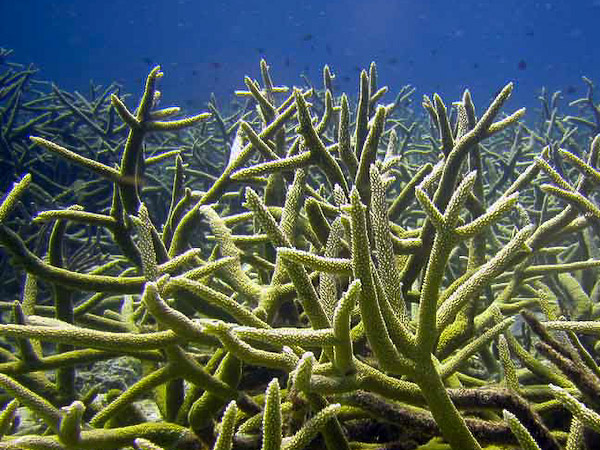While yesterdays event scared just about everyone in the greater aquatics industry we might come to expect that more often as different petitions make there way around federal bodies that deal with the ESA. A lot of folks think we are safe if a species is listed as only threatened versus endangered but for the most part that is not true.
We are going to highlight the differences here and explain in greater detailed why you should be still concerned if a species is listed as “threatened”.
Endangered species have several sweeping rules that go into effect with the major being the “take provision” which prohibits anyone (outside those approved) to take a coral from the wild or protected habitat. Most of us know this.
Threatened species don’t have the take provision automatically applied, but applies to the habitat the species might reside in unless a little rule called 4(d) is later provisioned.
4(d) Provision in Action
This little rule usually comes after a species is listed as threatened and puts take restrictions on the corals. In other words it prohibits us (the aquatics industry) from importing them into the country and from the species from being collected in the wild.
A great example of the 4(d) in action is the elkhorn (Acropora palmata) and staghorn (A. cervicornis) corals. They were listed under the ESA as “threatened” in 2006 with no 4(d) provision. A short one year later in December 16, 2007 NOAA solicited comments, information, and/or recommendation about a purposed new 4(d) ruling on the two corals. Then on Oct 28, 2008 a 4(d) provision was published in the federal register that stated:
The rule will prohibit the import, export, take, and all commercial activities involving Elkhorn and Staghorn corals, including:
- collection or any activities that result in the corals’ mortality or injury,
- anchoring, grounding a vessel, or dragging any other gear on the species;
- damaging the species’ habitat; discharging any pollutant or contaminant that harms the species.
Since that 4(d) rule has been published Elkhorn and Staghorn corals have been illegal to own, and difficult for researchers to work with. Interestingly, since some of you might not believe the ESA has “no effect” on CITES listings. Elkhorn and Staghorn corals are currently listed under CITES Appendix II which applies worldwide. So technically even though Elkhorn and Staghorn corals are not listed as endangered they are illegal to work with because of the threatened + the additional 4(d) rule provision.
It took 6 years later in September 6 2014 for NOAA to release a draft recovery plan (PDF LINK) for the two corals to come off the threatened list with estimates of $254MM in costs and “it will take approximately 400 years to achieve recovery based on the significant mitigative actions identified in this plan.”
Might the same be true to the twenty corals that recently received listing as “threatened”? Only time will tell, however if history is any indication the odds of a 4(d) provision being extended are extremely high.
Sources:
https://www.federalregister.gov/articles/2007/12/14/E7-24211/endangered-and-threatened-species-conservation-of-threatened-elkhorn-and-staghorn-corals
https://www.federalregister.gov/articles/2008/10/29/E8-25820/endangered-and-threatened-species-conservation-of-threatened-elkhorn-and-staghorn-corals
http://sero.nmfs.noaa.gov/news_room/press_releases/archives/2008/elkhorn_staghorn_coral.pdf



